Search
Search Results

Definition
Ghosts in the Ancient World
A belief in an afterlife was central to every major civilization of the ancient world and this encouraged the recognition of the reality of ghosts as the spirits of the departed who, for one reason or another, either returned from the realm...

Collection
Maya Religion & Culture
Maya religion and culture is among the most advanced and sophisticated of the Pre-Colombian Americas as evidenced by the ruins of their great cities and what remains of their writings after most were burned by the Spanish in 1562. The Maya...

Article
Epona
Epona was a Celtic goddess. Her name contains an allusion to the horse: in Celtic, "epos" means “horse” and the suffix “-ona” affixed simply means “on”. Epona is the patron goddess of mares and foals. The oldest information about the Gallic...

Image
Map of the Iron Age La Tène Culture c.400 BCE - c.50 CE
This map illustrates the extent of the La Tène culture, a key phase of the European Iron Age that flourished from around 450 BCE until the Roman conquests in the 1st century BCE. It highlights the widespread influence of early Celtic societies...
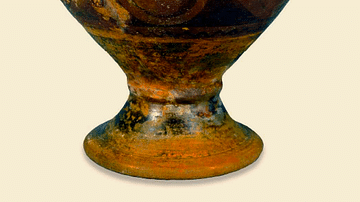
Image
Celtic Pottery Vessel
A Celtic pottery vessel from La Marne, France. It shows typical Celtic design features with its curvilinear shape and motifs in black on a red background. 4th century BCE. Height: 30 cm. (British Museum, London)
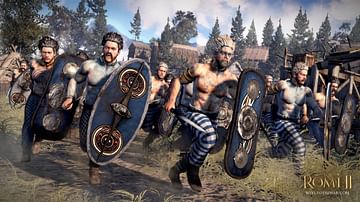
Image
Painted Celtic Warriors
An artist's impression of how Celtic warriors may have looked in battle. Roman writers describe such warriors as wearing blue paint, having long hair dyed blond using lime and clothing with distinctive patterns.
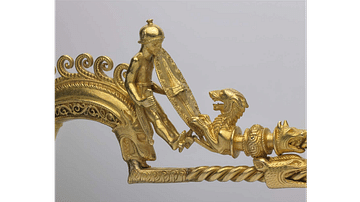
Image
Celtic Warrior, Braganza Brooch
A detail of the Braganza Brooch showing a Celtic warrior with shield and helmet. Iberian, gold, 250-200 BCE. Length: 14 centimetres.
The British Museum, London.
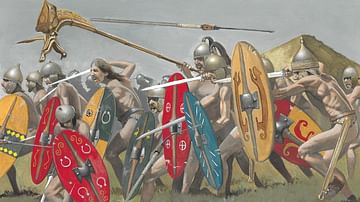
Image
Artist's Impression of Celtic Warriors
Artist's impression of ancient Celtic warriors by Zvonimir Grbasic. Copyright, republished with permission from Ancient History Magazine / Karwansaray Publishers.
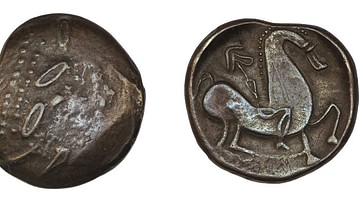
Image
Celtic Coin with Abstract Horse
Celtic coin from modern-day Romania, 3rd- 2nd century BCE. The reverse depicts a horse and helmeted rider while the obverse depicts the head of Zeus, it is one of many imitations of Greek currency to be minted in Celtic Europe in ancient...

Image
Anthropomorphic Celtic Sword
A Celtic sword and its scabbard (now amalgamated) from c. 60 BCE, associated with the La Tene culture. The sword's hilt is decorated with the head of a warrior, geometrically reduced like many other examples of Celtic art. The sword and its...